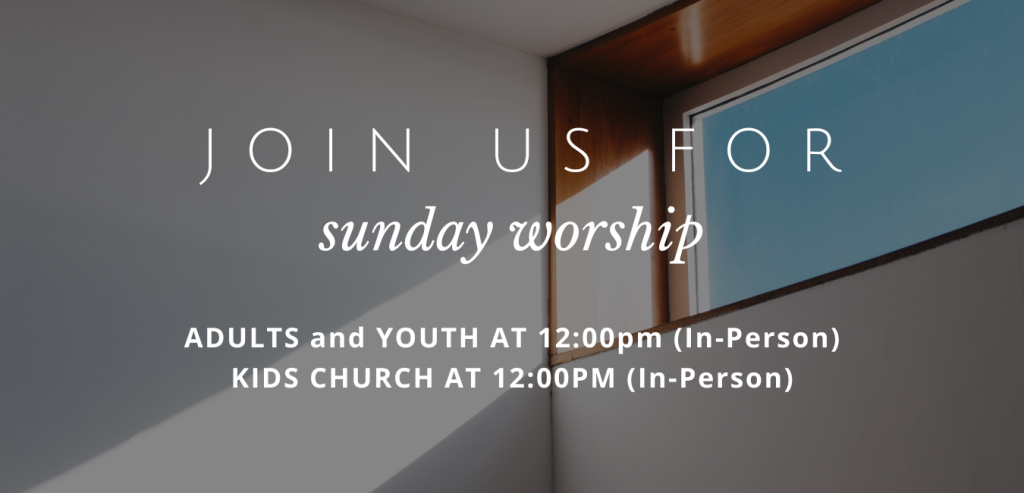Transcript
What was your life like before coming to Canada?
I was born on Dec 30th, 1930 in the Hwangju, Hwanghae Province of North Korea. Before the Korean War (in 1950), I crossed the 38th parallel into South Korea in 1949. When I was younger, I started thinking against the Communist Party. From then on, someone approached me that we should start an underground organization, and that they were secretly ordered by South Korea. So I agreed and I recruited a few others. At night, we would all gather and block the doors and cover the room with curtains to talk in secret. We hadn’t been meeting for very long until someone told us that something bad happened. They said that we had been exposed so we needed to escape to the south quickly. And so that is how we ended up crossing the 38th parallel to South Korea.
After I crossed the 38th parallel, I joined the Air Force. I joined the Air Force but at the time my brother had fled North Korea before me and was now living somewhere else. Now that I was alone and in the Air Force, I met an officer from the Air Force Academy. That man was from Sinuiju, North Korea but he must have looked at me and thought I looked lonely, so he told me to go to church. That going to church would comfort me. I had a few friends that went to church then and also told me to go so I followed them.
What was it like coming to Canada?
I came to Canada in 1967. I couldn’t come with my family initially because the immigration officer had told me that because my work status in Canada was not officially set, it would be better for me to go by myself and then have the rest of my family immigrate once I was settled. So, I left my family and came to Canada alone. After immigrating, I found that there was a large Korean church on Sherbourne and Carlton. It had only been about two weeks since Korean immigrants started that church there. So I began attending that church. It was the only Korean church at that time.
How did Living Stone Church come to be?
Living Stone Church was created from the split of the Korean Church. There were many members at the Korean Church and for a long time they had many conflicts within the church. Around the time when Living Stone Church was created, I was in LA visiting my father-in-law. My father-in-law passed away while we were there. I received a call from Elder Chung-Il Lee at the time. He called me and told me that the church had split. I had no idea that it would split because I was in LA at the time, and even though they were fighting, I would not expect them to have a real split.
The presbytery had told them to split and that’s why the church had split. Because of that situation, Elder Lee told me that they had nowhere to worship. The church members wanted to have worship service at our house because our living room was large. There was no other place to worship so what can you do? I said yes. Then they said that they needed a key to come into our house, so they asked us to tell our kids to give the key to them. Eventually they took a key and began worshipping at our house. That was the beginning of Living Stone Church.
Why did you approach Rev. Kim to be the Minister of Living Stone?
At the time, Rev. In Kee Kim had left Toronto Korean Presbyterian Church and he had no position, he wasn’t a pastor or minister at any specific church. Rev. Kim also spoke English well and there were not many pastors who could speak English well at that time.
What was the 2nd generation of Living Stone like in the early days?
The second generation ministry really began after Rev. Kim came to Living Stone. We did have second generation members before that, and they were around before Rev. Kim had come. But few of them had left the church. We had called Rev. Kim as our minister not only because he wasn’t affiliated with any specific church after leaving TKPC, but also because there were not many other ministers that we could call. Many of the other ministers in Toronto had their own churches to care for, and those who weren’t affiliated with a specific church were not the minister we were looking to call.
Do you have any worries or hopes for the future generations of St. Timothy?
We had thought that when the second generation grew older, they would join the KSM. However, that didn’t happen. The ESM kept growing but the KSM didn’t because people from the ESM wouldn’t come up to KSM. Back in the day, because there was a lot of immigration, the KSM grew as well. However, because there isn’t much immigration anymore, the KSM is growing older and there aren’t many young people. So that is one of my concerns for our church going forwards, especially for the first generation.
Table of Contents
- Community of the Word: 25 Years of St. Timothy Presbyterian Church
- Life and Ministry of Rev. In Kee Kim
- Early Years and Ministry
- Formation and Early Years of Living Stone (1992-1996)
- Amalgamation and North York Living Stone (1996-2000)
- Becoming St. Timothy (2001)
- Growing Roots and Growth (2001-2010)
- Maturation into Spiritual Community (2010-2020)
- Pandemic and What Comes Next (2020-Beyond)
- Hermeneutics and Approach to Scripture
- How the Community Shaped Them: Stories from Members
- Reflections from Rev. Jane Yoon
- The Message of St. Timothy
- Life and Ministry of Rev. In Kee Kim

Leave a Reply